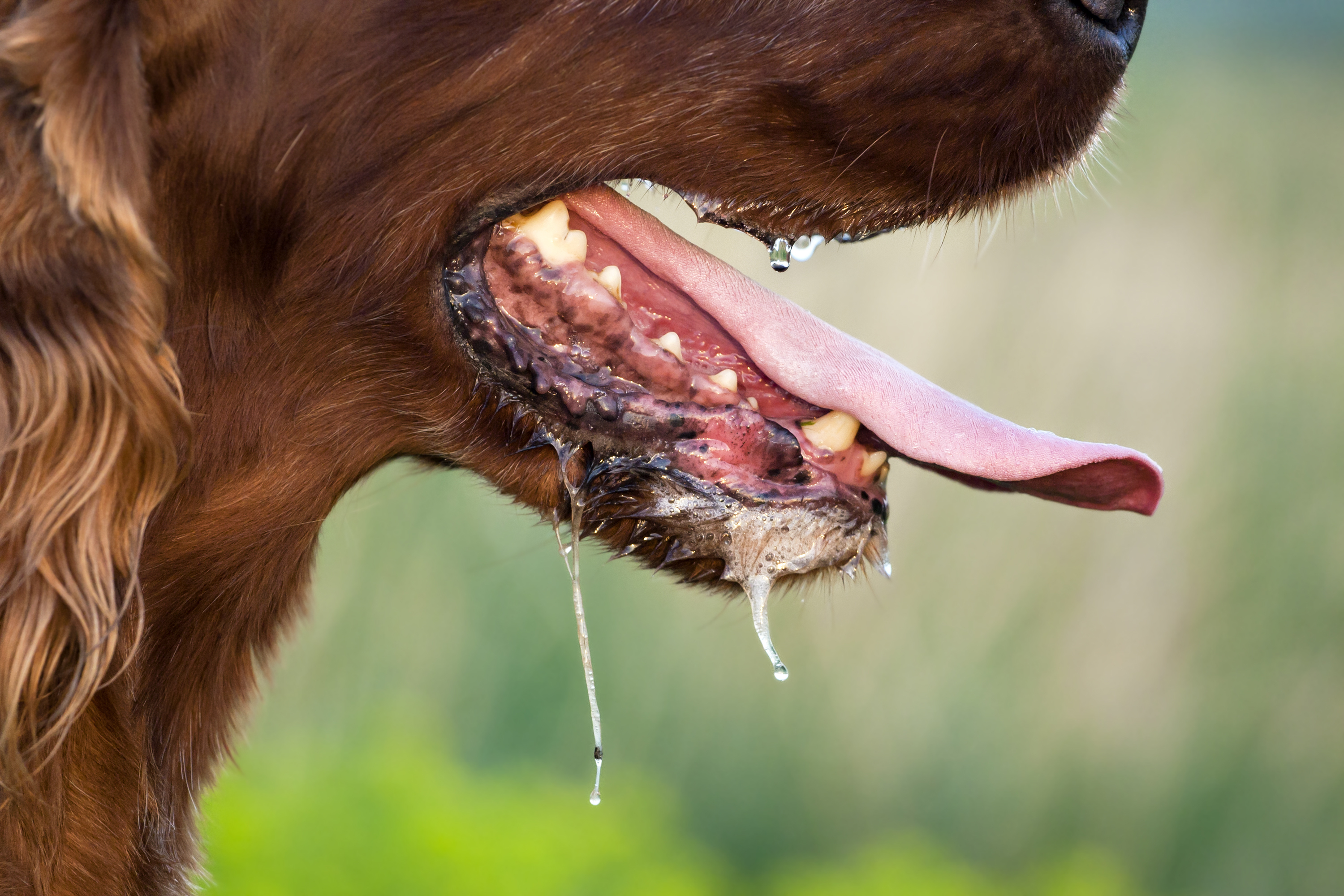
How a Lick from a Dog Led to a Man's Leg and Arm Amputations

A 48-year-old man from Wisconsin recently contracted a rare blood infection that led to the amputation of his legs and parts of his arms, according to news reports. And the most likely source of the devastating infection was his own dog.
Greg Manteufel went to the hospital with what he thought was the flu, local news outlet Fox 6 Now reported yesterday (July 30). But within a week, the doctors had to amputate both of his legs and, later, portions of his hands and forearms. The amputations were necessary after the infection caused Manteufel's blood pressure to drop drastically, which severely reduced blood flow to his limbs and led to tissue death.
Blood tests revealed that Manteufel's infection was caused by a bacterium called Capnocytophaga, according to Fox 6 Now. [11 Ways Your Beloved Pet May Make You Sick]
These bacteria are found in the mouths of cats and dogs, according to the Centers for Disease Control and Prevention (CDC). Up to 74 percent of dogs and 57 percent of cats have Capnocytophaga, but the bacteria don't cause illness in dogs and cats, the CDC says.
In humans, however, it's a different story. In very rare cases, the bacteria can spread to humans through bites, scratches or close contact with cats and dogs. The people most at risk for this infection are those with weakened immune systems, according to the CDC. (It's unclear if Manteufel had a weakened immune system).
If a person becomes infected with Capnocytophaga, the bacteria can spread to the bloodstream and cause infections in various parts of the body, including a blood infection known as sepsis. Sepsis occurs when the immune system responds overwhelmingly to an infection, triggering body-wide inflammation and, potentially, organ failure.
Most people who get sick with the bacteria typically start experiencing symptoms within three to five days of becoming infected, but symptoms may occur anywhere from one to 14 days after infection, according to the CDC. Symptoms include blisters, redness, swelling, pus or pain around the animal bite location (if a bite was involved), fever, diarrhea, headache, vomiting and muscle or joint pain.
Sign up for the Live Science daily newsletter now
Get the world’s most fascinating discoveries delivered straight to your inbox.
As in Manteufel's case, the infection can sometimes lead to gangrene, or tissue death, and require amputations to save the rest of the body.
Dr. Silvia Munoz-Price, an infectious-disease specialist with Froedtert & the Medical College of Wisconsin told Fox 6 Now that the case is extremely rare. "More than 99 percent of the people that have dogs will never have this issue. It's just chance," she said.
Originally published on Live Science.

Yasemin is a staff writer at Live Science, covering health, neuroscience and biology. Her work has appeared in Scientific American, Science and the San Jose Mercury News. She has a bachelor's degree in biomedical engineering from the University of Connecticut and a graduate certificate in science communication from the University of California, Santa Cruz.










